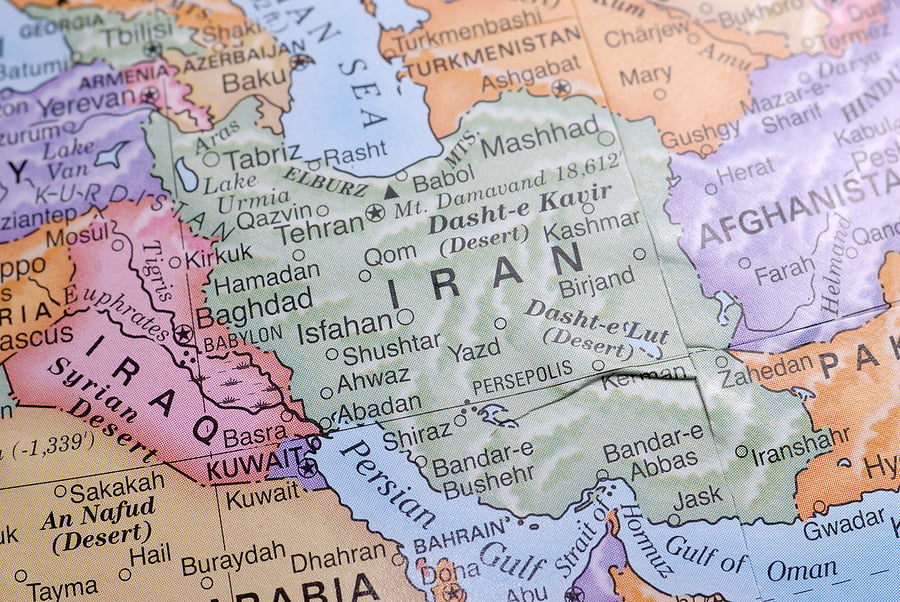Iran is in the midst of its most significant protest and popular uprising since 2009, when the so-called Green Revolution was quashed by the government.
Now, since December 28th, tens of thousands of people — possibly more — have taken to the streets in several different cities in demonstrations against both the more moderate elected President of Iran Hassan Rouhani and the more hardline supreme leader Ali Khameni.
As my guest today Ariane Tabatabai explains, these protests began largely as a response to worsening economic conditions and the rising cost of consumer goods. And unlike the 2009 protests, the people taking to the streets are mostly drawn from groups that have historically supported more conservative elements in the Islamic Republic. This poses a serious political challenge the ruling authorities in Iran.
In our conversation Ariane discusses the roots of these protests, why they spread so quickly and how the Iran nuclear deal is an important factor in the politics and economy of Iran.
Ariane Tabatabai is the Director of Curriculum of the Security Studies Program at Georgetown University.
If you have 20 minutes and want to learn about the significance of these protests, have a listen
To access to this podcast episode: subscribe on iTunes, Stitcher, Spotify or get the app to listen later
